Acoustic sensors enable efficient and non-invasive monitoring of a wide range of species, including many that are difficult to monitor in other ways. Although they were initially limited in application scope largely due to cost and hardware constraints, the development of low-cost, open-source models like the Audiomoth in recent years has increased access immensely and opened up new avenues of research. For example, some teams are using them to identify illicit human activities through the detection of associated sounds, like gunshots, vehicles, or chainsaws (e.g. OpenEars).
With this relatively novel dimension of wildlife monitoring rapidly advancing in both marine and terrestrial systems, it is crucial that we identify and share information about the utility and constraints of these sensors to inform efforts. A recent study identified advancements in hardware and machine learning applications, as well as early development of acoustic biodiversity indicators, as factors facilitating progress in the field. In terms of limitations, the authors highlight insufficient reference sound libraries, a lack of open-source audio processing tools, and a need for standardization of survey and analysis protocols. They also stress the importance of collaboration in moving forward, which is precisely what this group will aim to facilitate.
If you're new to acoustic monitoring and want to get up to speed on the basics, check out these beginner's resources and conversations from across the WILDLABS platform:
Three Resources for Beginners:
- Listening to Nature: The Emerging Field of Bioacoustics, Adam Welz
- Ecoacoustics and Biodiversity Monitoring, RSEC Journal
- Monitoring Ecosystems through Sound: The Present and Future of Passive Acoustics, Ella Browning and Rory Gibb
Three Forum Threads for Beginners:
- AudioMoth user guide | Tessa Rhinehart
- Audiomoth and Natterjack Monitoring (UK) | Stuart Newson
- Help with analysing bat recordings from Audiomoth | Carlos Abrahams
Three Tutorials for Beginners:
- "How do I perform automated recordings of bird assemblages?" | Carlos Abrahams, Tech Tutors
- "How do I scale up acoustic surveys with Audiomoths and automated processing?" | Tessa Rhinehart, Tech Tutors
- Acoustic Monitoring | David Watson, Ruby Lee, Andy Hill, and Dimitri Ponirakis, Virtual Meetups
Want to know more about acoustic monitoring and learn from experts in the WILDLABS community? Jump into the discussion in our Acoustic Monitoring group!
Header image: Carly Batist
Aarhus University
Biologist and Research Technician working with ecosystem monitoring and research at Zackenberg Research Station in Greenland





- 19 Resources
- 270 Discussions
- 7 Groups
PhD student
- 0 Resources
- 0 Discussions
- 5 Groups
Conservationist with a focus restoration ecology/rewilding and botany, a keen birder and currently working in the Seychelles
- 0 Resources
- 1 Discussions
- 5 Groups
- @hhermannsorensen
- | she, her
- 0 Resources
- 0 Discussions
- 3 Groups
- @KellyFaller
- | she/her/hers
Rutgers University
Lead Estuary Science Coordinator at the Partnership for the Delaware Estuary and Masters Student at Rutgers University in the Department of Ecology and Evolution. Using bioacoustics in tidal marsh ecosystems for restoration and conservation.

- 0 Resources
- 3 Discussions
- 14 Groups
Student at Texas A&M. Electronic hobbyist, audiomoth user
- 0 Resources
- 0 Discussions
- 4 Groups

- 0 Resources
- 30 Discussions
- 4 Groups
- @emugabo
- | Mr.
I am a conservation scientists working on terrestrial bioacoustics
- 0 Resources
- 0 Discussions
- 1 Groups
Royal Society for the Protection of Birds (RSPB)
- 0 Resources
- 0 Discussions
- 5 Groups
Over 35 years of experience in biodiversity conservation worldwide, largely focused on forests, rewilding and conservation technology. I run my own business assisting nonprofits and agencies in the conservation community



- 5 Resources
- 62 Discussions
- 12 Groups
- @oluchi_agodi
- | She/her
An early-career bat ecologist interested in researching and finding new ways to conserve threatened bat species. She is also interested in developing innovative approaches to enhance bat conservation efforts.
- 0 Resources
- 0 Discussions
- 1 Groups
Biologist, ornithologist interested in acoustic communication
- 0 Resources
- 0 Discussions
- 1 Groups
HawkEars is a deep learning model designed specifically to recognize the calls of 328 Canadian bird species and 13 amphibians.
13 May 2025
The Biological Recording Company's ecoTECH YouTube playlist has a focus on webinars about Bioacoustic monitoring.
29 April 2025
This paper includes, in its supplementary materials, a helpful table comparing several acoustic recorders used in terrestrial environments, along with associated audio and metadata information.
15 April 2025
Conservation International is proud to announce the launch of the Nature Tech for Biodiversity Sector Map, developed in partnership with the Nature Tech Collective!
1 April 2025
PhD position available at the University of Konstanz in the Active Sensing Collective Group!
28 March 2025
InsectSet459 - the first large-scale open dataset of insect sounds, featuring 26,399 audio clips from 459 species of Orthoptera and Cicadidae.
24 March 2025
Naturalis is looking for a postdoc in AI for Ultrasonic Bioacoustic Monitoring
24 March 2025
Postdoctoral opening in the Bioacoustics and Behavioral Ecology Lab at Syracuse University
14 March 2025
Funding
Species identification from audio, focused on birds, amphibians, mammals and insects from the Middle Magdalena Valley of Colombia.
12 March 2025
Building species-specific habitat models for forest bird species using state of the art methods and remote sensing layers
28 February 2025
Osa Conservation is launching our inaugural cohort of the ‘Susan Wojcicki Research Fellowship’ for 2025, worth up to $15,000 per awardee (award value dependent on project length and number of awards given each year)....
10 February 2025
workshop introduced participants to the power of bioinformatics and next-generation sequencing (NGS) in conservation biology.
10 February 2025
June 2025
July 2025
September 2025
event
October 2025
November 2025
event
February 2025
event
event
January 2025
61 Products
| Description | Activity | Replies | Groups | Updated |
|---|---|---|---|---|
| Hi Mona. Yes, this is what we certainly what we are considering, but how to measure these indices by the hands of non-experts in the field is the advice that I need from the WL... |
|
Acoustics | 1 day 5 hours ago | |
| Would that be able to process locally stored acoustic data? One of the great things about birdnet analyzer is that it is local - it doesn't require uploading terabytes... |
|
Acoustics | 3 days 19 hours ago | |
| Do you collect or use sound recordings of habitats or species like birds, frogs, mammals, or insects in India? We need your expertise!... |
|
Acoustics | 1 week 2 days ago | |
| My name is Frank Short and I am a PhD Candidate at Boston University in Biological Anthropology. I am currently doing fieldwork in Indonesia using machine-learning powered passive... |
|
Acoustics, AI for Conservation, Animal Movement, Data management and processing tools, Early Career, Emerging Tech, Ethics of Conservation Tech, Protected Area Management Tools, Software Development | 2 weeks ago | |
|
|
Latin America Community, Acoustics, AI for Conservation, Camera Traps, Drones, Early Career | 2 weeks 6 days ago | ||
| There are a lot of parameters in principle here. The size of the battery. How much time in the field is acceptable before a visit? Once a week? Once a month? How many devices you... |
|
Acoustics | 3 weeks 1 day ago | |
| Hi Tom! I think the furry windjammer must be outside the casing to have the desired effect. It can be a bit tricky having this nice furry material that birds and other critters... |
|
Acoustics | 3 weeks 2 days ago | |
| Hi Lana,"similar field setup" means that the vocalizing animal should be surrounded by the recorders and you should have at least 4 audiomoths recording the same sound, then the... |
+9
|
Acoustics | 3 weeks 3 days ago | |
| Fantastic! Can't wait to hear updates. |
|
Acoustics | 4 weeks 1 day ago | |
| New stable release : v1.5.1We are pleased to announce the latest release with several important enhancement, fixes and documentation improvements to ensure compatibility with the... |
+15
|
Acoustics, AI for Conservation, Open Source Solutions, Software Development | 1 month 1 week ago | |
| Hello everyone,Thank you all for your contribution!You can read some updates about this project in this post.Julia |
|
Acoustics, Community Base, Data management and processing tools, Open Source Solutions | 1 month 2 weeks ago | |
| Hi Ryan, hmm, I had no idea there was a microphone named that. I thought about how it’s used to lure birds for netting, and I like Greek Mythology. I thought it was a perfect fit... |
|
Acoustics, Emerging Tech, Funding and Finance, Protected Area Management Tools, Software Development | 1 month 2 weeks ago |
Frontier Labs BAR-LT Localization Firmware
19 May 2023 11:12pm
14 November 2024 5:08am
Hi @kimhendrikse,
With our recorders (mic quality is important!), and depending on terrain, their calls can easily be seen on a spectrogram 400 - 700m away, which has been determined with data from large arrays and recognizable individual calls appearing on multiple recorders.
So if your recorders were spaced ~300m away from each other (an offset grid of equilateral triangles is the best for overlay efficiency but certainly not always practical) then you should be ok. But I've not confirmed this distance experimentally with triangulation yet. I need to touch base with Richard Hopkinson and Roger Martin again as they are currently trialing this on Koalas. We're going to run our own Koala trials soon hopefully and see how far we can push recorder spacing.
14 November 2024 6:35am
Okay, super! Really nice thread you started. It’s great to get these insights.
With my own experiments, as you mentioned, accuracy is very good within the polygons. But in addition I found surprisingly good distance outside of the polygons in the case of a square layout along the axis of the square beyond the vertice.
I concur about the quality of the microphones. I’m using microphones that get good reviews from people who do nature recordings.
Looking forward to hearing about the Koala trials.
Job alert: ML identification of frog species from audio
13 November 2024 11:31pm
Apply Now: AI for Conservation Office Hours 2025
 Jake Burton
and 1 more
Jake Burton
and 1 more
13 November 2024 11:31am
Collar Automatic Release Mechanisms
3 November 2024 8:14pm
9 November 2024 6:24pm
Re: the conversation about alternatives to knots/tying nylon line, I wonder if something like these PCB mount screw terminals would be strong enough to hold line in place for a long time, but also not sever it? They could be mounted either side of the nichrome coil, with holes for the nylon to come through from underneath, pulled over the nichrome and then through the screw terminal, where it can be secured in place. The metal screws could potentially be replaced with nylon to make it a little 'softer' on the line maybe? Below is an absolutely amazing diagram of the idea! Could even make a PCB for it all (or mod the current drop-off PCB to have this at the front)...the only thing is they aren't the smallest things in the world...so good for larger drop-offs maybe (certainly ok for AWDs I reckon) but not smaller critters...
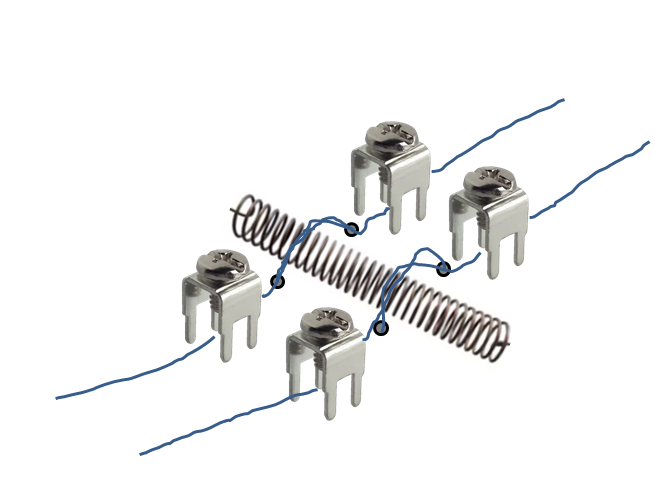
10 November 2024 4:58pm
I've been trying to find something off the shelf along those lines @Rob_Appleby
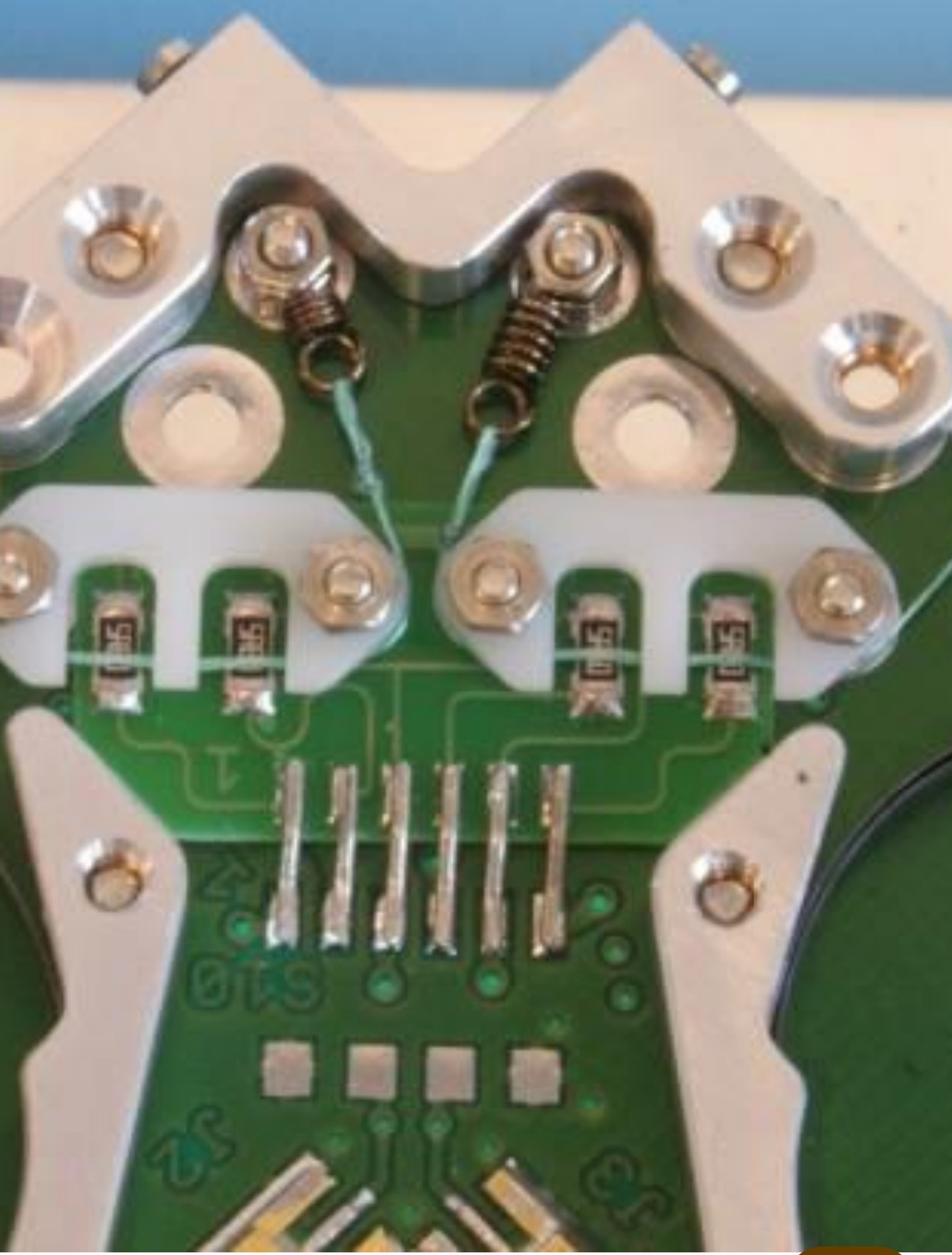
This is a cubesat example that's neat but not really meant to withstand the load an animal would put on it.
Seems like most tensioning examples out there are custom made but I'm convinced it can be done with off the shelf parts.
Regarding worries of damaging the line you can use ptfe tube or polyester/fep heatshrink for added abrasion resistance.
10 November 2024 9:00pm
The PCB mount terminals are actually quite robust and paired with a lock washer and something that would better secure the nylon (e.g., a piece of flat grooved plastic to add compressive loads across the string and not pinch it), I think it would work nicely.
As a separate idea, I just designed a circuit with SMD threaded standoffs, which I am going to secure in plastic and screw onto aluminum pieces that I'll be testing the ElectRelease with once it delivers. The standoffs are mounted on a circuit board, giving a 50V differential with a single-cell LiPo, hopefully releasing the epoxied aluminum plates.
HELP! USB device code, not recognised by Android
7 November 2024 8:02pm
8 November 2024 2:40pm
I saw in your code that you're using UAC2. As far as I understand, support for UAC2 is heavily dependent on the specific device and even then I'm not sure if they fully implemented UAC2 yet in Android. Are you able to use UAC1? I can imagine that you might need the increased sampling rate in UAC2.
8 November 2024 10:57pm
The TinyUSB library - which I'm entirely reliant on - seems to only support UAC2. So I may be buggered.
10 November 2024 7:12am
I guess, you know USB digital audio | Android Open Source Project. from which I conclude it should be possible, however, my Android experience is also zero.
Post Doctoral Associate - San Diego Zoo Wildlife Alliance
1 November 2024 6:49pm
New "pipistrelle mini" on its way
12 October 2024 7:20pm
24 October 2024 3:51pm
Yes, this should be an inexpensive build, and as there is no SD card you can happily use inexpensive ceramic capacitors throughout. Mine are still not shipped, PCBWay seem to be having a slow period right now. Hoping to have them in my hands and assembled before 30th, but they'll need to get them on a plane sharpish.
I do have some AAA battery holders now, and they are TINY compared to the AAs, this will feel surprisingly little in the hand I think.
25 October 2024 10:23pm
If by some chance your PCBs arrive before mine, don't panic if they don't quite work on assembly - this combination of detector only (i.e no recording) and capacitive touch hasn't existed before, so there may be a bot of coding I need to do to get the firmware fully operational on these. So wait for the word and I'll post updated firmware.
1 November 2024 12:06pm
PCBs back, working great but right now a custom firmware build ("force_27"), need to make sure all is well with the standard build. This of course a non-switch version.
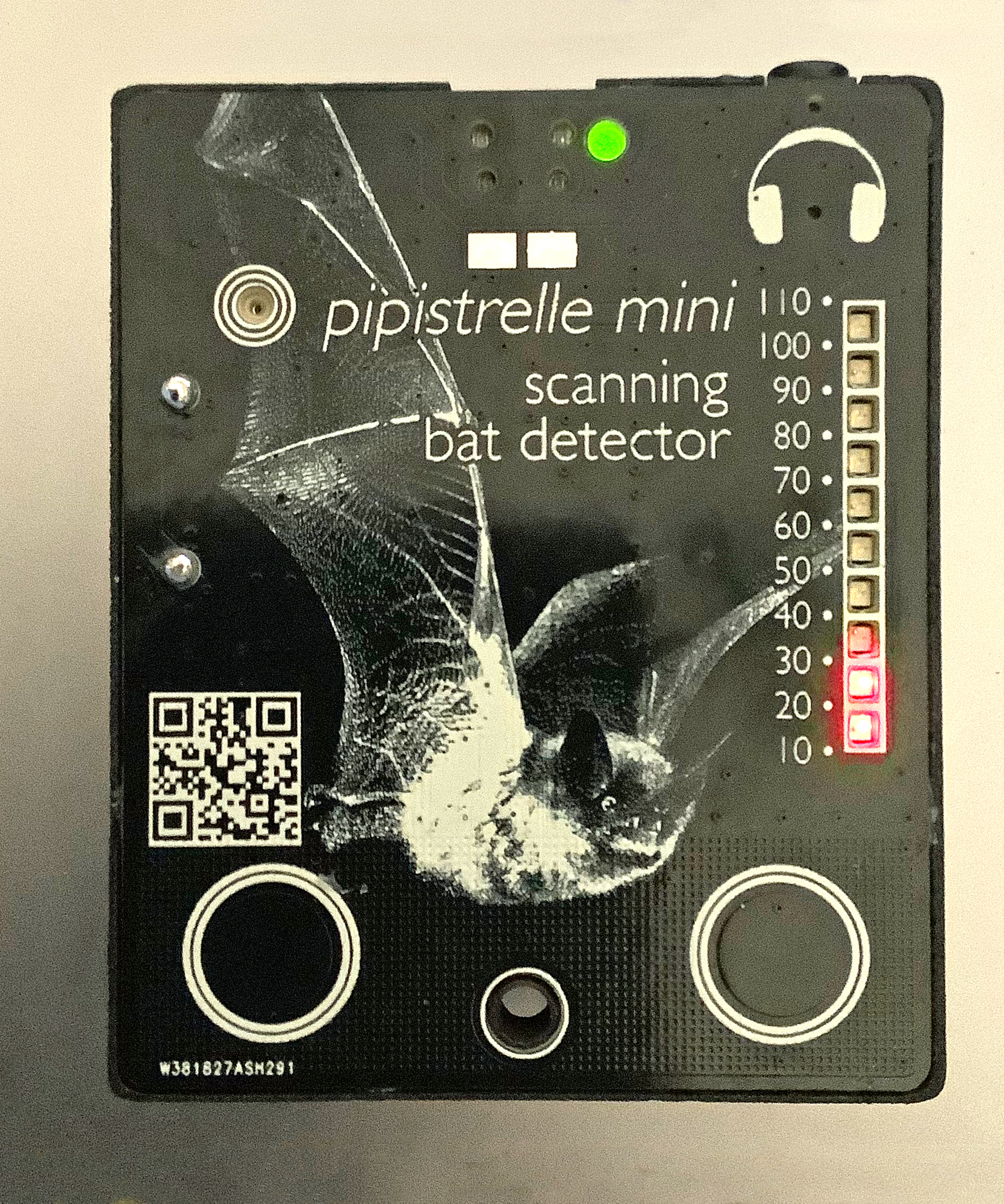
Seminar Series About Underwater Sounds!
21 October 2024 5:34pm
1 December 2024 10:55pm
6 January 2025 8:35pm
21 January 2025 6:06pm
Recycled & DIY Remote Monitoring Buoy
15 January 2024 1:14am
3 October 2024 9:16am
Hi Brett,this ocean lab sychelles is great to hear from you! I love your remote monitoring buoy project, especially the recycling of DFAD buoys and the design of custom-built ones that are full of interesting features. The expandability of the navigation buoys enabling it to be configured as hydrophones, cameras, or water quality monitors is a great feature. The technical marvels, such as recycling DFADs' circuits, making your own hydrophone, and designing a super-efficient system, are terrific. Moreover, it is encouraging to witness the deployment of your early system, particularly the live video and water quality data you have collected. You will definitely make a positive impact on the Wildlabs community with your knowledge of electrical engineering and software development. I care to hear more of your discoveries and any news that you will be sharing. Keep doing what you excel at!
8 October 2024 8:46am
Thank you for sharing!
21 October 2024 12:45am
Hi Brett,
I am interested in developing really low cost multi channel underwater acoustic recorders. Can you tell me a bit more about the board and stuff you were using for yours? You can get me at chris@wilcoanalytics.org.
Thanks,
Chris
WILDLABS AWARDS 2024 - Developing AudioMoth for the detection of infrasonic elephant rumbles
11 April 2024 7:35am
12 October 2024 6:56pm
Some inexpensive noise canceling electrets ca be simply modified to produce a flat response down to a few Hz. The modification is simply directing the back of the microphone into an almost sealed container and ensuring that the coupling capacitor and preamp input impedance has an RC corner low enough for the application. We’ve had good experience with these in the past. Higher sensitivity can be created by connecting multiple electrets in parallel and using the same backing volume. We’ve used as many as 36 for some applications
14 October 2024 4:21pm
Hi Chris, Thanks for sharing your expertise here. The suggested modifications would be really interesting to explore. Does the sealed container need to be completely buried underground during the deployment?
16 October 2024 4:58pm
These would be infrasound, so no the sealed volume doesn't need to be buried. It only needs to be a few cc total volume for a single element. I found an old poster that may help describe some of it. Ignore everything but the description of the microphones themselves.
I included a photo of a single element that we used early on. You do need a tiny hole (like 30 gauge needle) somewhere in the capsule so it is not completely sealed. Otherwise for some microphone elements, you end up distorting the diaphragm. Somewhere online at researchgate.net is the poster below that shows where we were at one time. Of course we were looking at 5 Hz rather than the higher frequencies, but the microphone's response was flat well beyond what was our interest at the time.
I think your idea for a seismic sensor, a piezo disk is terrific. It is an inexpensive sensitive sensor provided the input impedance of the preamp is high enough. I've sometimes used a small tungsten weight glued to the disk to improve the sensitivity.
Best wishes for a successful program. It is a worthy challenge.
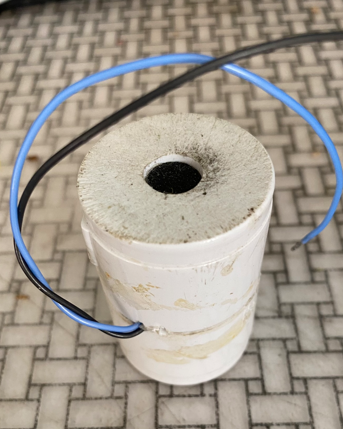
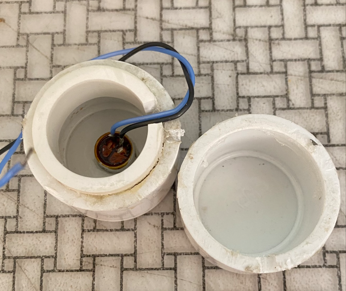
Roe deer protection needed in Hungary, national government should stop funding hunting organizations - call for international support
7 October 2024 11:58am
14 October 2024 12:41pm
Really? Can you share where its written.
Annex III: protected fauna species, do you need a glass?
14 October 2024 1:33pm
A quick search comes up with the following answer. Let us know if that helps.
Annex III of the European Environmental Agency (EEA) does not directly regulate the protection or hunting of specific species. Instead, it's important to look at Annexes II and IVof the EU Habitats Directive (Directive 92/43/EEC) for species protection and hunting regulations in the European Union.
Roe deer (Capreolus capreolus) is not listed in Annex IV (which covers strictly protected species), meaning it is not afforded the strictest protection that prevents all forms of exploitation. However, Annex III of the Bern Convention, which relates to species that may be exploited but require careful regulation, includes species like roe deer.
In many European countries, roe deer hunting is permitted under specific regulated conditions. These regulations aim to ensure sustainable hunting practices and maintain healthy population levels, with hunting seasons and quotas determined based on local wildlife management policies.
In summary, roe deer are generally not strictly protected across the EU, and hunting is allowed under regulation, though specific conditions depend on national and regional legislation.
Disclaimer: I can't guarantee that the above is not a hallucination :-)
15 October 2024 11:24am
Thanks, we know they are breeding these animals here, I asked, since it's seems to be an expensive hobby, we need to allocate more funding for rural women in entrepreneurship and access to technologies, reduce poverty in Hungary No1 priority.
That's the problem local peoples can not afford buying wild meat from the "local shop"
Fully uncontrolled activites in Hungary
[WEBINAR] BIG DATA: Large-Scale Acoustic Monitoring, Long-Term Insights
10 October 2024 3:51pm
Improving the performance of the pippyg static bat detector with a remote microphone
4 October 2024 11:19am
7 October 2024 2:34am
Seeing that the performance improved with the addition of a decoupling cap and increasing the size of the bulk caps would lead me to think that:
- The bulk cap may have been undersized for whatever load was being put on the power supply. If there is a lot of ripple (noise) in the power supply, this is often due to undersized bulk capacitors.
- The addition of the decoupling capacitors is needed to shunt the high frequency artifacts to ground. It seems like there may not have been enough decoupling caps or there should have been more located near the location where the noise is occurring, ie: mic, analog pins, ADC pins, etc
For the mic power circuit, if there's a resistor there, it limits the maximum current the power supply can source to the mic circuit. Not sure if this does anything at all. Normally, if there is a circuit on the power rail, I'd use an inductor for high frequency noise suppression as a resistor just acts as a current limiter. The only thing I can think of is that it's a low pass filter but you'd still be restricting the power supply.
Anyways, my $0.02.
Akiba
FreakLabs
7 October 2024 11:19am
All inputs gratefully received and acknowledged! There will be experimentation with ferrite and resistor combinations when I get my components in.
The circuit on shipping PCBs has a 220 ohm resistor on the mic and op amp to operate as a low-pass filter to suppress high frequency supply noise. The current to the op amp and mic together are low enough that the 3.3v input drops to around 3.2v beyond the filter, definitely good for both op-amp and microphone. The combination of 44uF and 220ohms should put the 3dB point at 17Hz, so the filtering effect at even 17kHz - 10 octaves above that - is 60dB. The supply to the analog circuit should be very stable and quiet at the frequencies we care about, 20kHz and beyond, which is why the clicking noises with high frequency components was so annoying - it's clearly acoustic, no electrical in origin, it's pretty clear after all the comments on here that, even though SD cards do seem to generate ultrasound, the ceramic capacitors I've been using are the bigger culprit, so I need to address that and report back with an update to this post.
This has all been, and continues to be, EXTREMELY interesting and educational, and will ultimately lead to big improvements in what is already a great, affordable recorder.
10 October 2024 3:35pm
Here is the final, dramatic word. I built a pipistrelle (noisier than a pippyg so a good test) and used non-ceramic capacitors and played with ferrites and 1R resistors.
Attached are new vs old sonograms, and it's a remarkable improvement. The visual difference is stark, and there is a measured 5dB improvement in the "silence" between Noctule calls. Thanks to everyone who commented on this, this problem was entirely about ceramic capacitors. I have no doubt SD cards do generate ultrasound, but in this case it was being dwarfed by the ultrasound generated by the capacitors.
Circuit changes shown below - 3x 22uF ceramics removed, 2x 22uF ceramics replaced by 47uF poly/tant, 5x 100nF ceramics replaced by 100nF NP0/C0Gs, 1 ferrite swapped for a 1R - this one may be pointless!
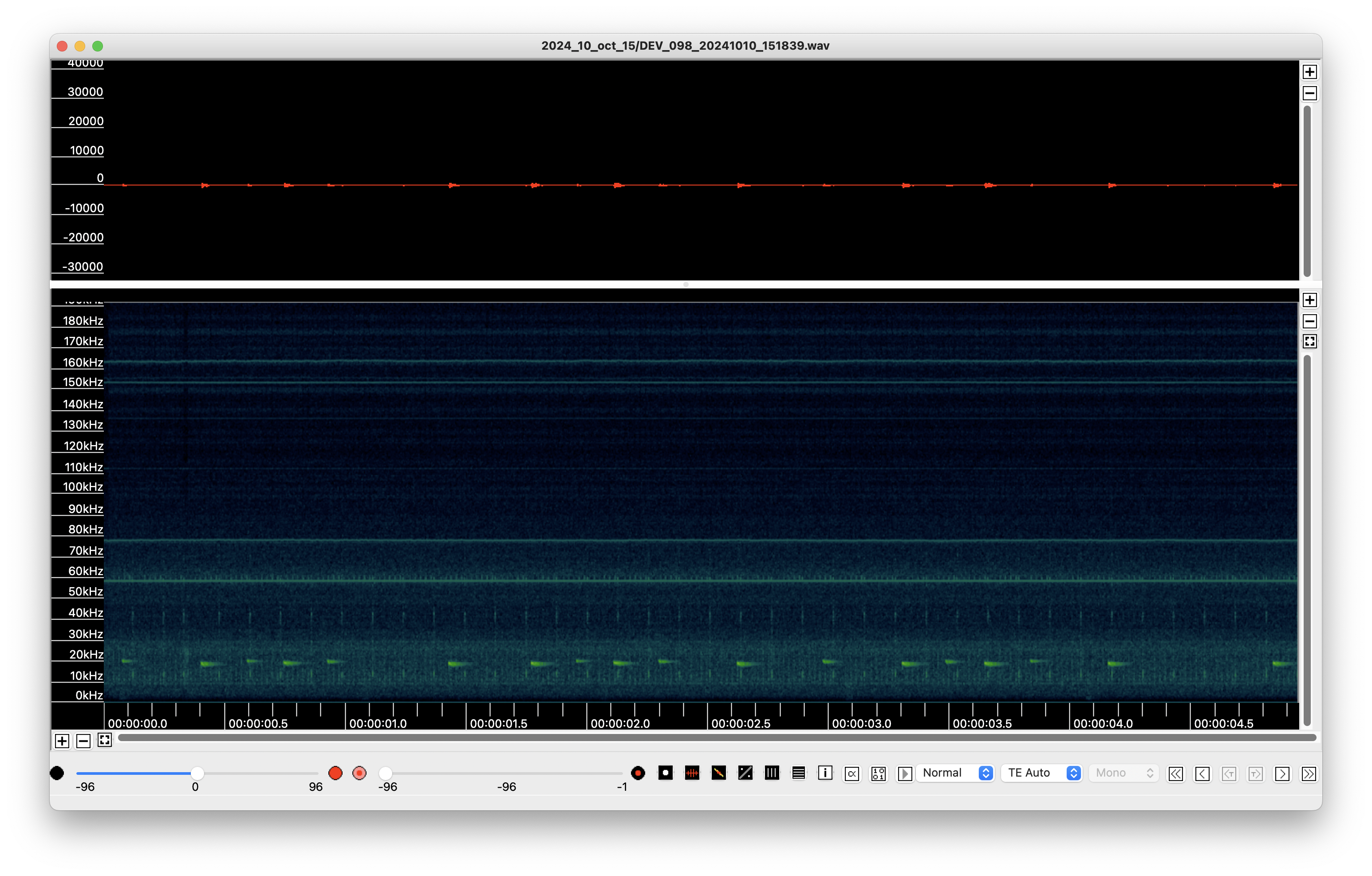
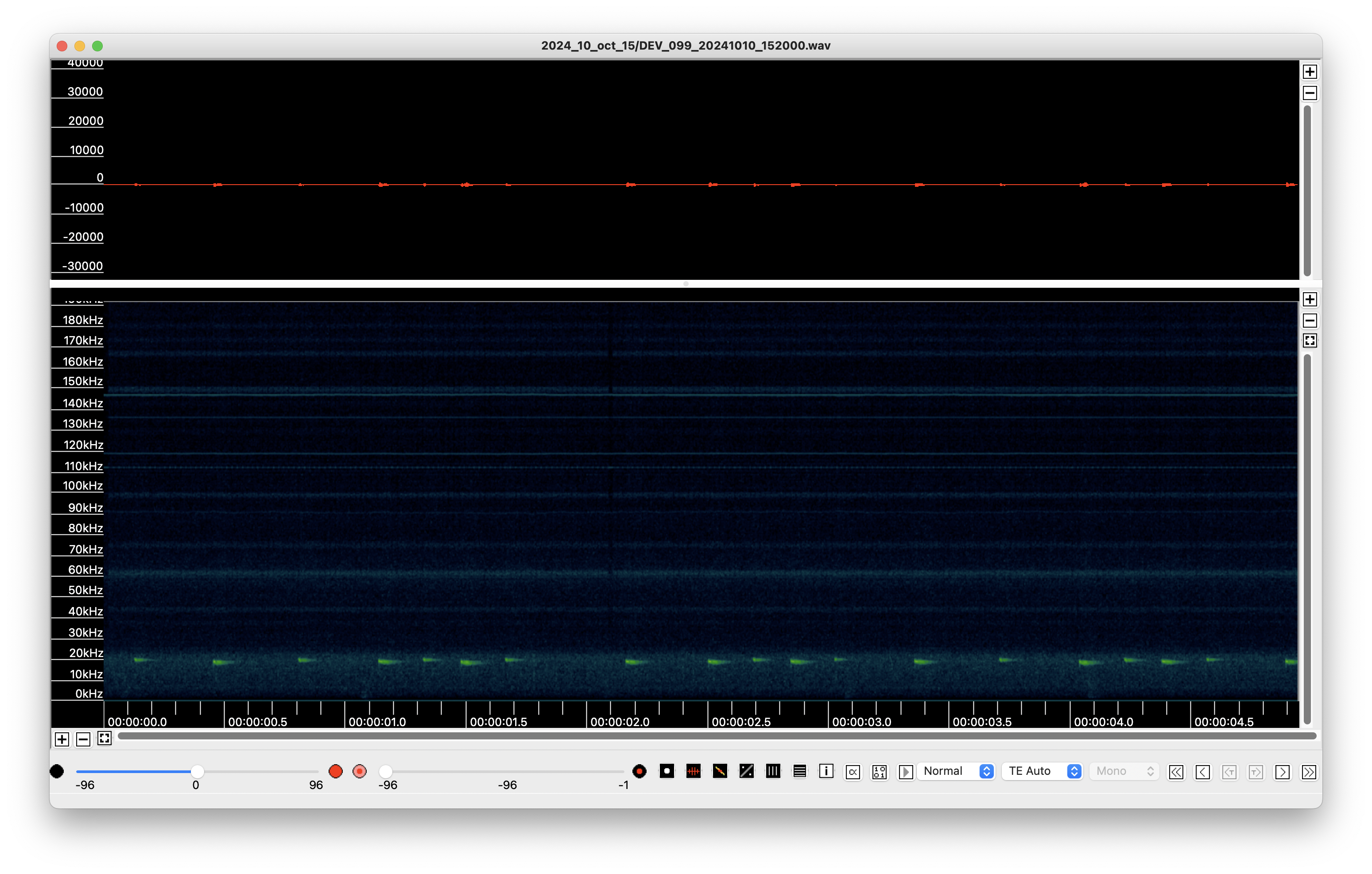
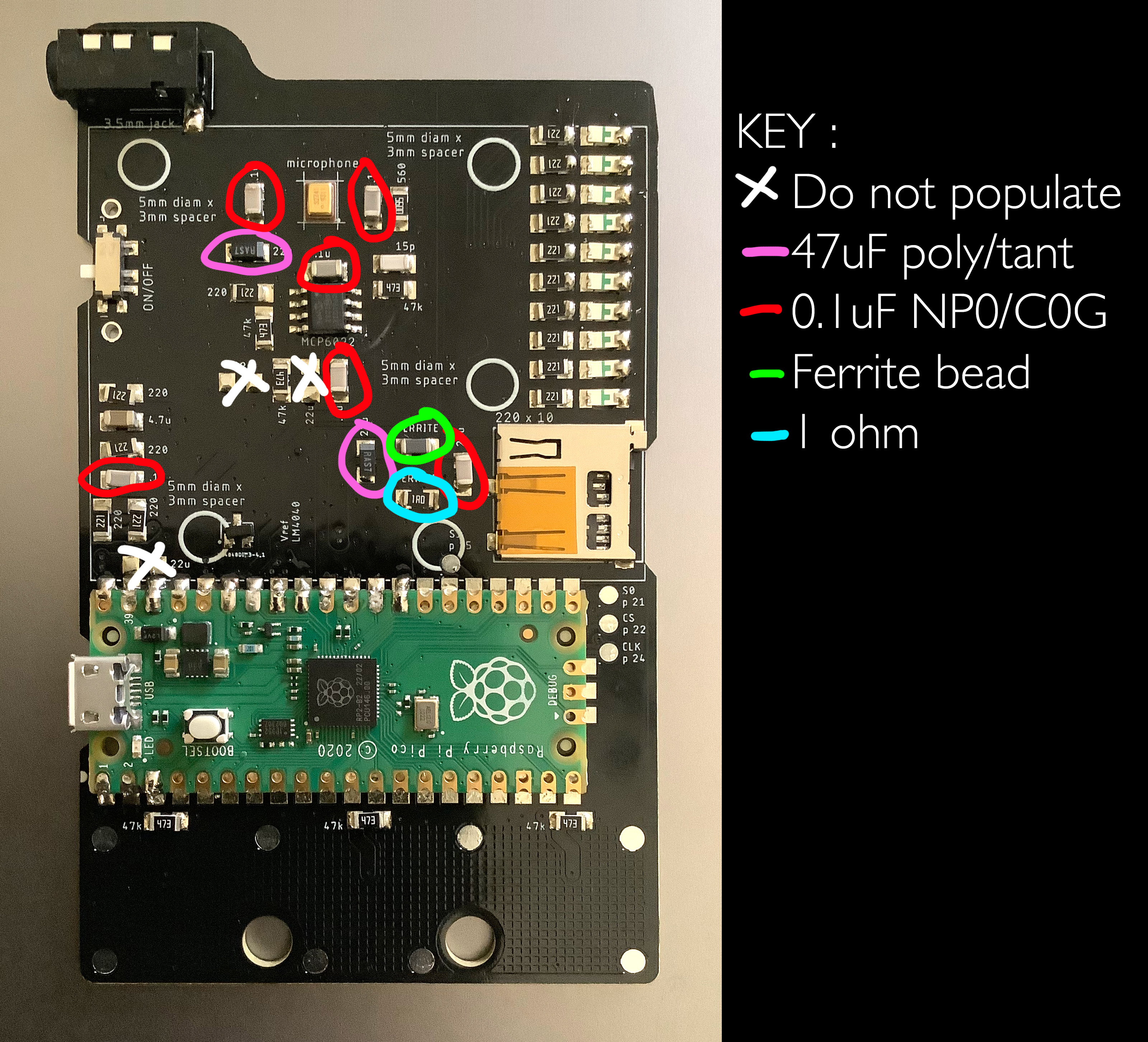
New project: Using bioacoustic monitoring to assess effects of rubber agroforestry systems on wildlife in Thailand
9 October 2024 7:42pm
Women and GIS
9 October 2024 2:14pm
MS and PhD Opportunities in Ocean Engineering and Oceanography
6 October 2024 9:44am
WILDLABS AWARDS 2024 - Fostering bat conservation and citizen science in Zimbabwe: Establishing bat groups and training individuals to use bat detectors
4 April 2024 12:12pm
24 April 2024 2:27pm
Thank you Robyn. Sure I will send more information to your email
9 September 2024 2:28pm
Hi everyone
Our project on fostering bat conservation and citizen science in Zimbabwe has reached another level. To date, the project team has established two bat groups in Bulawayo and Chimanimani. Forty-three people from these two provinces have been educated on bat biology and trained in the use of bat detectors. The trainees appreciated the importance of bats in the environment, and that their conservation is essential.
Due to limited resources, the training sessions were not sufficient for the trainees, as the Kaleidoscope software for analyzing data is somewhat complex. A similar training workshop will be conducted in Harare.
Next steps of project:
Continue training bat group participants on using bat detectors and analyzing acoustic data;
Reach out to other areas and establish bat groups across the country;
Promote and research important habitats for bats in Zimbabwe.
We continue to express our gratitude to @wildlabs for funding the project. The team: @Ronnie @Ropafadzo @Karen
1 October 2024 8:17pm
I would love to see my bat detector designs in use in Africa - drop me a line, let's see if we can get something to happen - I'm pipistrelledetector at gmail dot com

http://www.pippyg.com
User insights for a Shazam for frogs
27 September 2024 2:36am
Integrating Satellite Data with on-the-ground conservation tech
9 September 2024 4:59pm
20 September 2024 3:12pm
Hi, Seamus—welcome to WILDLABS!
I work on building ground and sea-truthing technologies for satellite remote sensing related to conservation tech. For example, we have used data collected from Smartfins (thermometers on surfboard fins) to validate Landsat TIRS thermal data and other low-cost tech such as mini- and sensing Secchi disks to evaluate satellite ocean color data. I don't work in conservation tech in the strictest sense (more accurate to say coastal water resources/resilience), but of course it's related, so thought I'd chime in.
Sounds like a great position at Planet, and an important pursuit—good luck, and I hope our paths cross!
24 September 2024 6:02pm
Hi Phil,
Thanks for sharing - this is really interesting work!
Seems like a cool integration of ground-based (or ocean-based) data and satellite data, with a community science aspect as well. I look forward to giving this paper a full read.
Thanks,
Seamus
Microphone Choices for Bird and Amphibian Bioacoustic Research
6 August 2024 12:56am
7 August 2024 12:21am
Hi Vasilios,
Just wanted to share with you this paper that shows configurations for Song Meter Mini and Audiomoths in Spanish. I know it can sometimes be challenging to find Spanish materials on bioacoustics, so I thought this might be useful for you.
Best, Vane
7 August 2024 8:02pm
Thank you so much for the thoughtful reply Carly - this was incredibly helpful.
24 September 2024 3:25pm
Or you could use my sbts-aru project. Which is free software that runs on Raspberry Pis. It also allows you to perform sound localization remotely if required, without bringing the SD card back. Last night I had a listen to some calls in the jungle from Lajuma research center in South Africa that was recorded with them. @nlubcker and I expect to do some localization tests soon from the species down there.
If your Pi is connected to a network you can do localization in near real time (less than 10 minutes manually) as you don't have to stop the recorder or post process the recordings. If you write you own pipeline you can implement real-time sound localization with it and output a URL to a google maps location.
GitHub - hcfman/sbts-aru: Low cost Raspberry Pi sound localizing portable Autonomous Recording Unit (ARU)
Low cost Raspberry Pi sound localizing portable Autonomous Recording Unit (ARU) - hcfman/sbts-aru
My advice for microphones is the em272 microphone capsules based ones, which are very high quality microphones used as by the Swedish company Telinga in their parabolic microphones. That's what I use. They are very low noise and very sensitive. Here's a link to one, likely hard to get at your side of the world though.
Clippy EM272Z1 Mono Microphone - Veldshop.nl
A clip-on lavalier microphone using the superb low noise, high sensitivity Primo EM272Z1 omni capsule.
In my testing they appeared to be similar in performance to some Rode clip microphones and similar in price. They are likely more easily obtained where you are.
Is Predation an Issue for Conservation?
17 September 2024 11:39am
20 September 2024 2:20pm
Pro-active or retaliatory lethal control over depredation of livestock runs hand in hand with habitat loss as the major threat to predator populations - so, yes, predation is an issue for conservation.
What tech do you have in mind?
21 September 2024 9:05am
Yes, predation is a significant conservation issue, especially for vulnerable species. Invasive predators can harm native wildlife, and carnivores preying on livestock often lead to human-wildlife conflicts and retaliatory killings.
Developing conservation technologies to address these challenges could greatly help reduce conflicts and protect wildlife.
🌍🎶 **Inspiring Moments at the African Bioacoustics Community Conference!** 🎶🌍
18 September 2024 5:37pm
18 September 2024 5:40pm
26 September 2024 1:08pm
Experiences with Song Meter SM4 versus Frontier Labs Bar-LT?
15 September 2024 11:33am
16 September 2024 7:47pm
I shared some information on different ARU options in this post which might help!
Calibration Talk at the 2017 ASA ACBA Symposium
6 September 2024 7:43pm
Mamalian detection and deterrence in Agriculture
24 August 2024 2:41pm
6 September 2024 2:11pm
Hi @saieeshg
Your post immediately made me think of this article on the Boombox, developed by the legends at FreakLabs (@Freaklabs), which I think is close to what you are after. There are other approaches too that could be worth a look. For example, there's the super cool system @kimhendrikse has designed based upon AI image detection (linked here). And @EstherGithinji wrote a great article summarising a variety of different approaches. Reach out if you have any trouble finding things and more than happy to discuss anything as this is an area of great interest to me and a lot of other members.
All the best,
Rob
6 September 2024 3:53pm
Thanks for the plug, @Rob_Appleby
Yes, we do a lot of work with audio playback as a nonlethal deterrent. We generally don’t do any work on identifying the animal though and perform playback when the device is triggered. You would need some type of classification engine for that.













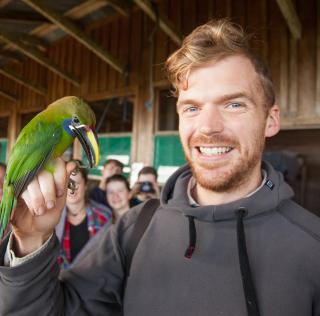




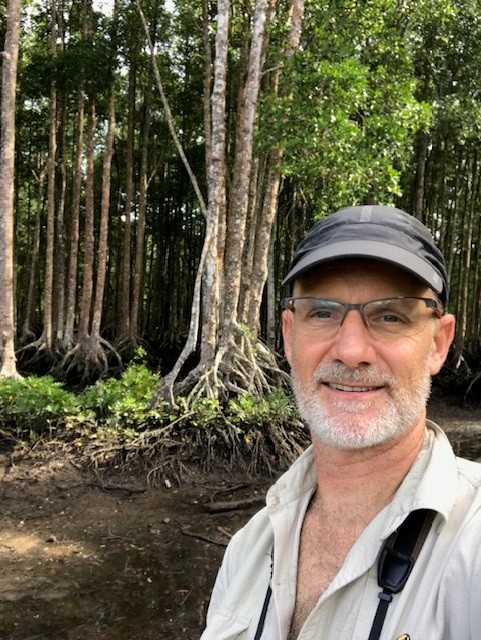


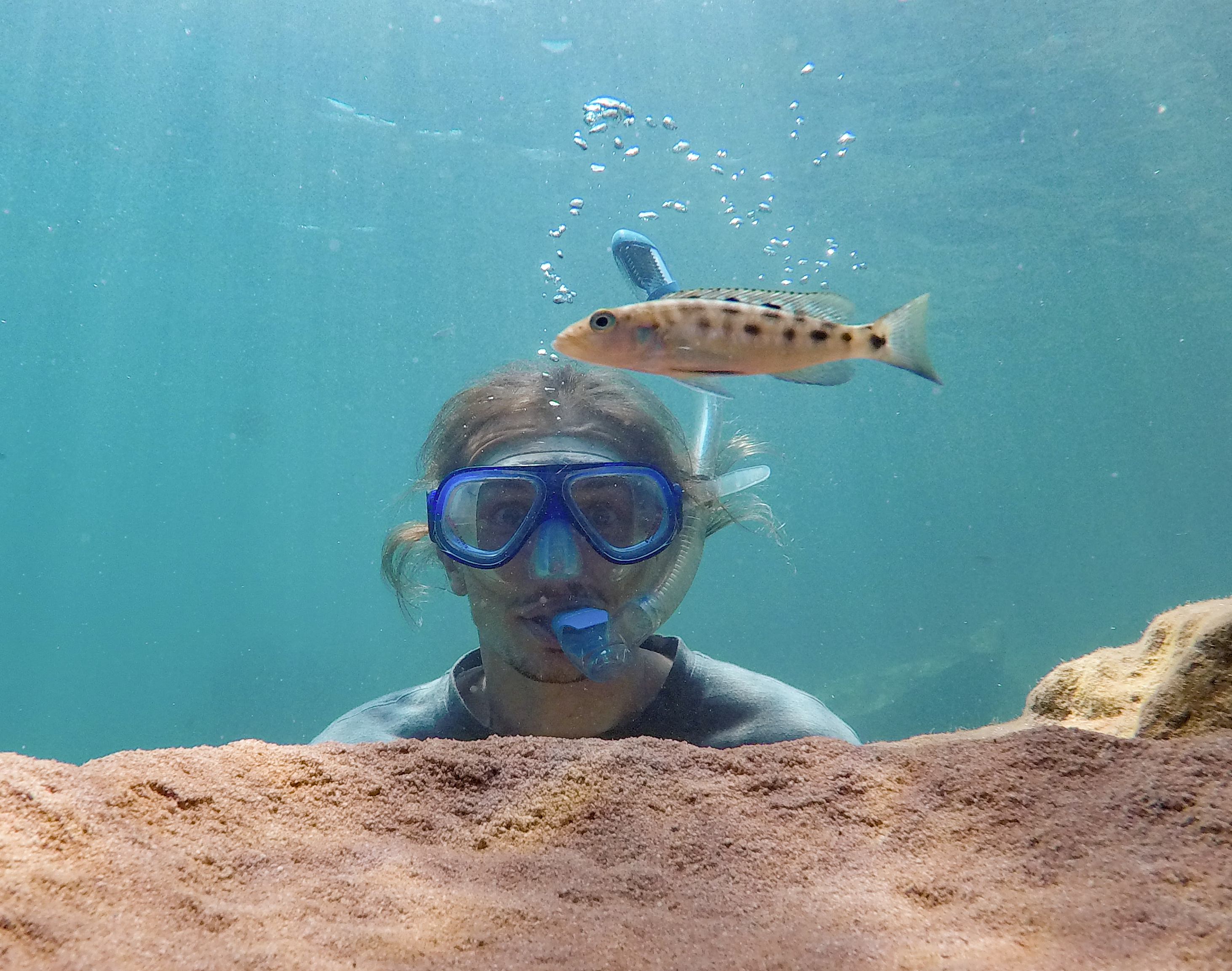





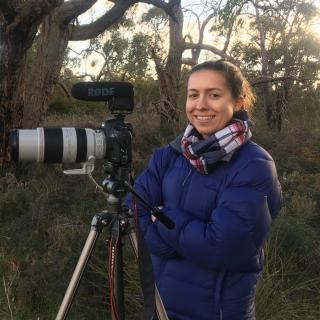


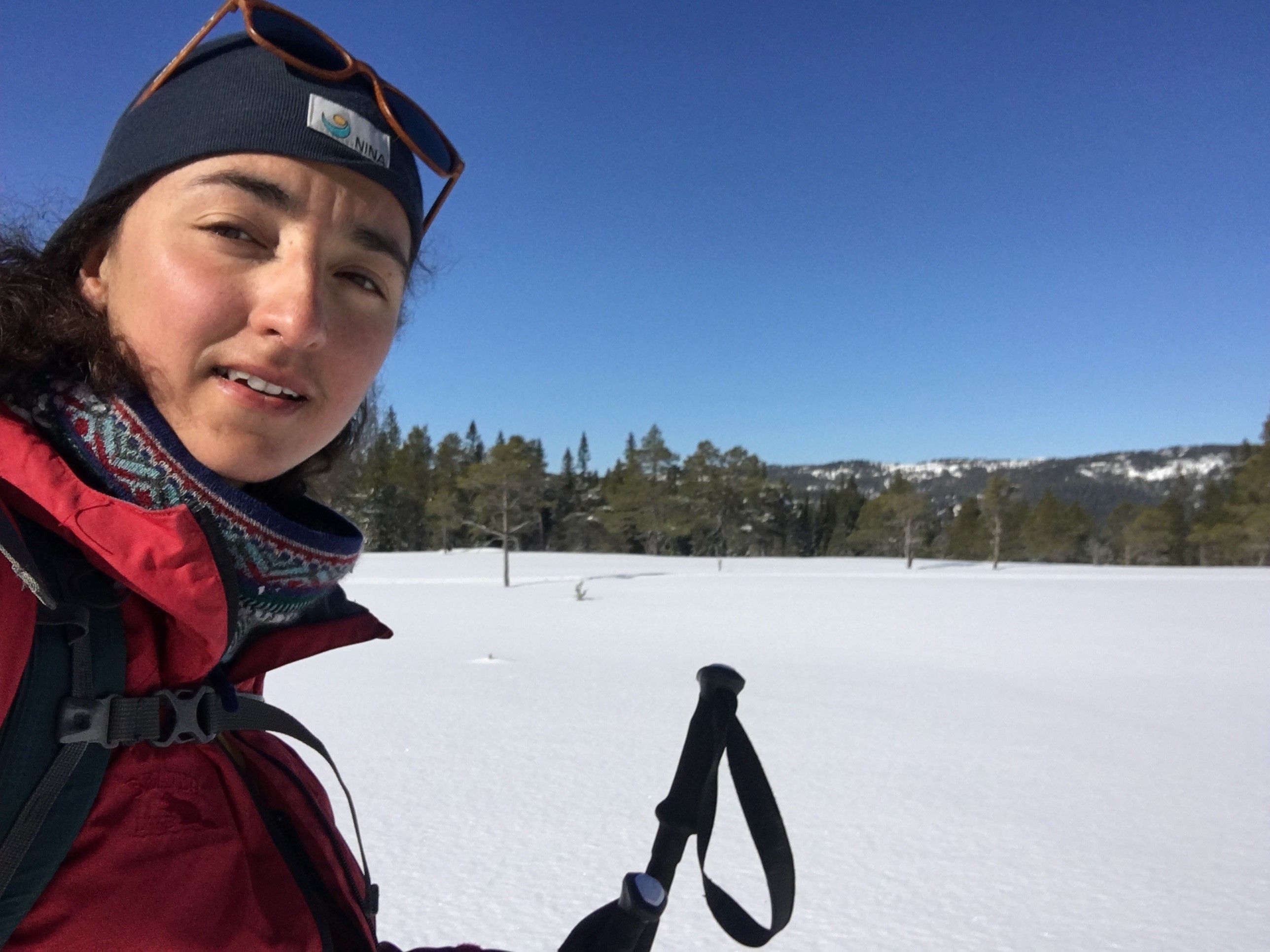




















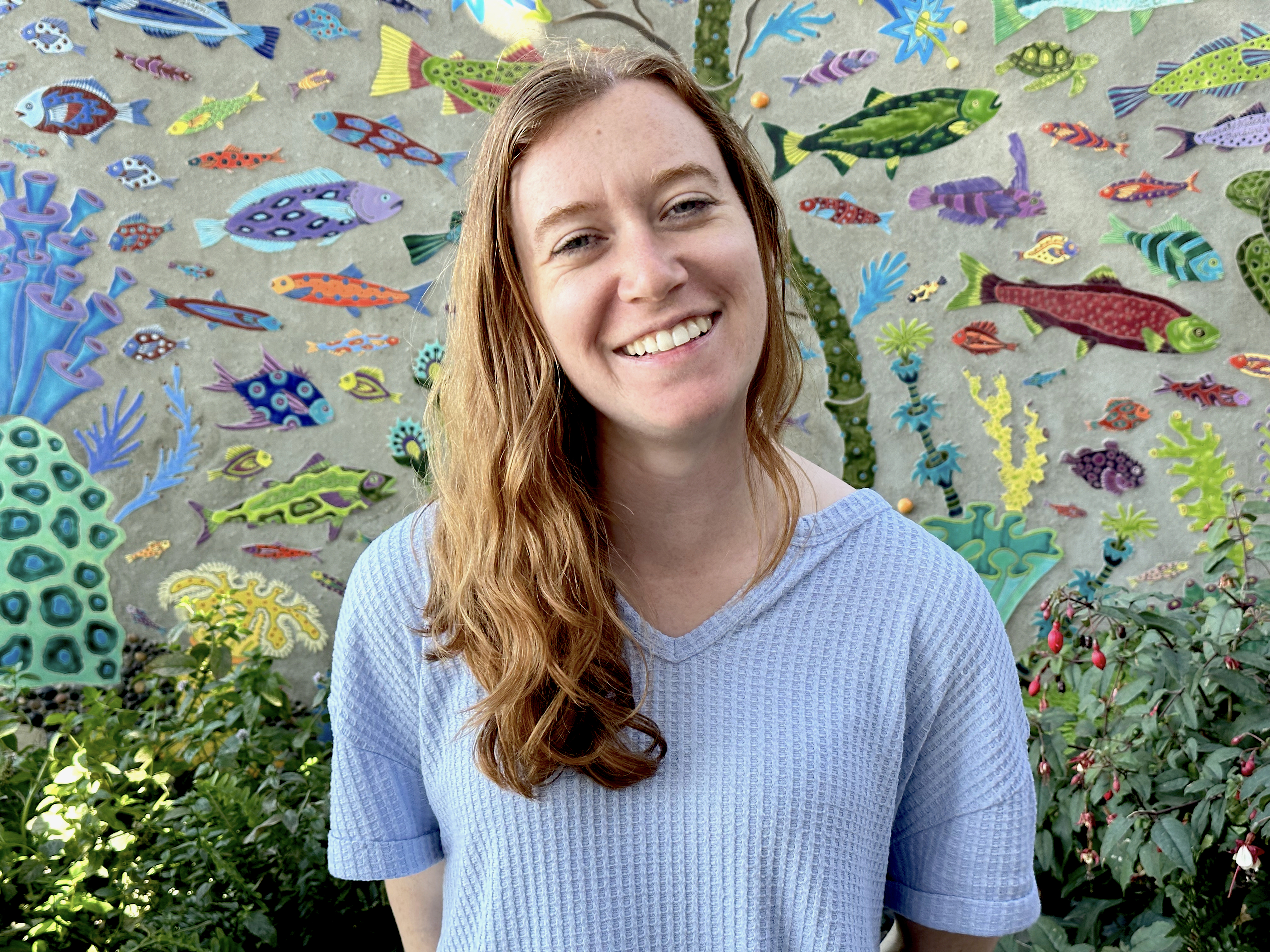

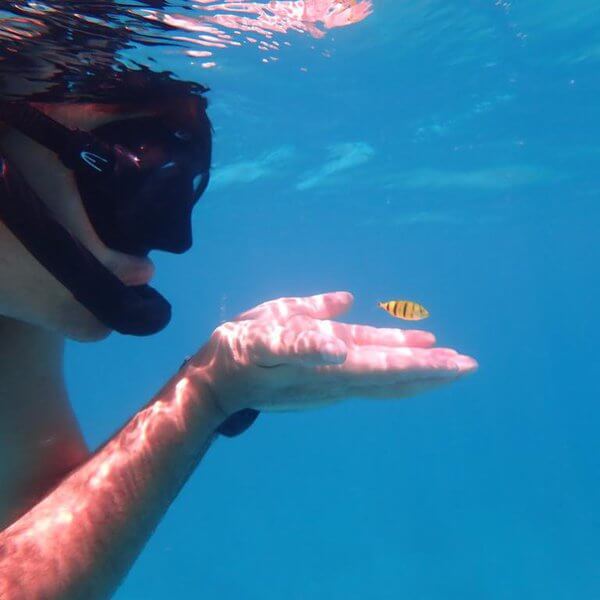


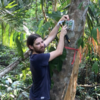
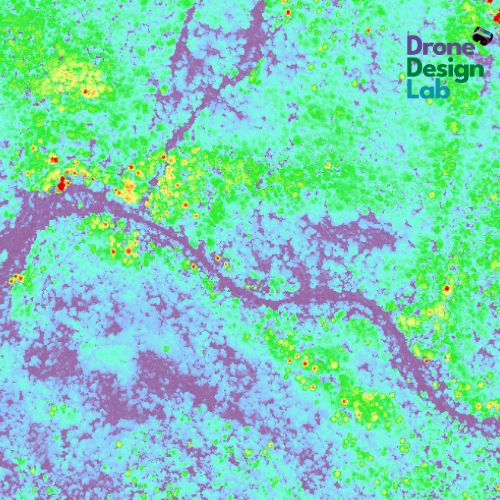


















13 November 2024 9:34am
Absolutely not too much detail @MichaelMaggs ! Those cross correlation maps look really interesting, well done. I'll have to have a play with those myself. I had never heard of them before, maybe opensoundscape can do some of this stuff.
Thanks for taking the time to provide this details :-)
Assuming that you had the source of the sounds is within the polygon of microphones, at what kind of distance are you able to sound localize say Koalas well ?